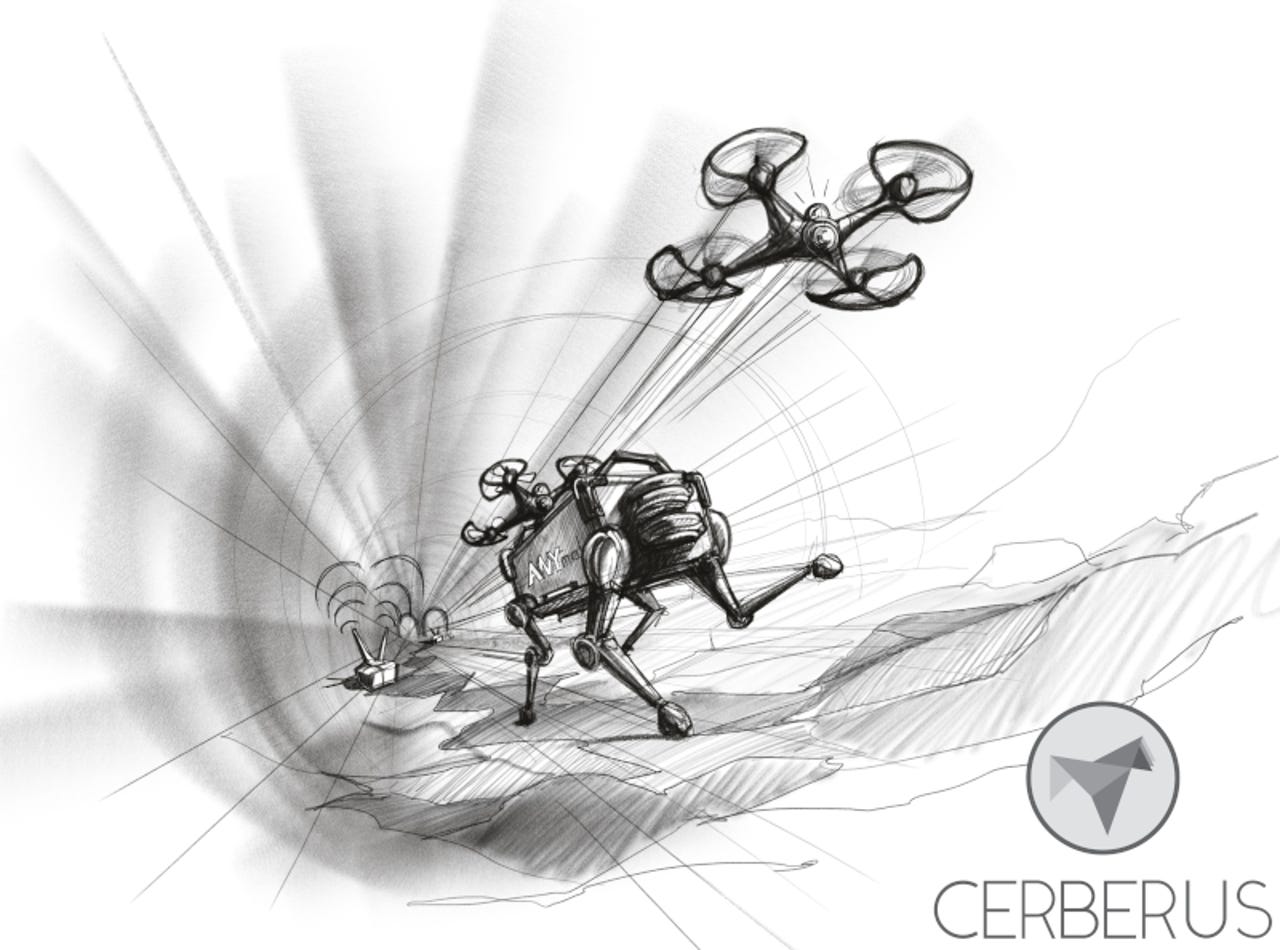Single, self-funded competitor wins latest DARPA underground robot competition


A single, self-funded competitor ran away with top honors in the latest round of the DARPA Subterranean (SubT) Challenge, which promotes the development of next-gen war robots that can navigate and map underground tunnels and caves. The effort aligns with broader trends in robotics development toward systems that can be deployed in difficult-to-reach areas, including in infrastructure inspection, disaster relief, and mining.
Besting teams from top institutions with an event score of 50 total points, Coordinated Robotics, represented by a single engineer named Kevin Knoedler, won the Virtual Tunnel Circuit event. Knoedler will earn $250,000 for his first-place finish.
Knoedler's team is trying to prove that UAV have significant advantages over ground robots in tunnel scenarios.
"Subterranean systems frequently have vertical passages," according to Knoedler in his team statement. "UAVs of course have their own set of disadvantages such as limited cargo capacity and short battery life. Our approach is to mitigate those weaknesses and take advantage of the UAV's strengths."
In all, eight teams developed, tested, and submitted software-based solutions for simulation-based evaluation on the SubT Virtual Testbed. DARPA-funded and self-funded teams compete side-by-side throughout the Subterranean Challenge. Only self-funded teams are eligible for prizes in the Circuit Events, but they must finish in the top five overall. All qualified teams are eligible for prizes in the Final Event.
Tunnels expose some major Achilles' heels for existing robotic systems. Challenges include communications difficulties in subterranean environments, low light conditions, and unpredictable terrain.
But tunnels, which are dangerous for humans to enter, also present excellent use cases for robots.
"The SubT Challenge is motivated primarily by warfighter needs, as well as those of the first responder communities," Dr. Tim Chung of DARPA's Tactical Technology Office and the program manager of the SubT told me earlier this year. "We are inspired by the need to conduct search and rescue missions, whether in response to an incident in a highly populated area, a natural disaster, or for mine rescue."
For the recently concluded Virtual Tunnel Circuit, teams developed software to guide virtual aerial and wheeled robots to explore tunnel environments and locate hidden virtual artifacts during each 60-minute simulation run. A correct report was worth one point and competitors won by accruing the most points across multiple, diverse simulated environments.
Knoedler's 50 points are all the more impressive given that the next highest competitor, a DARPA-funded team from Michigan Technological University/Michigan Tech Research Institute called BARCS, only netted 21 points in the event.
We'll be following the SubT as competitors approach the systems challenge, where real hardware is put to the test.